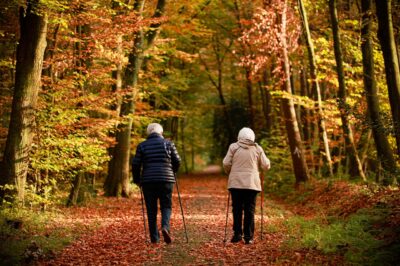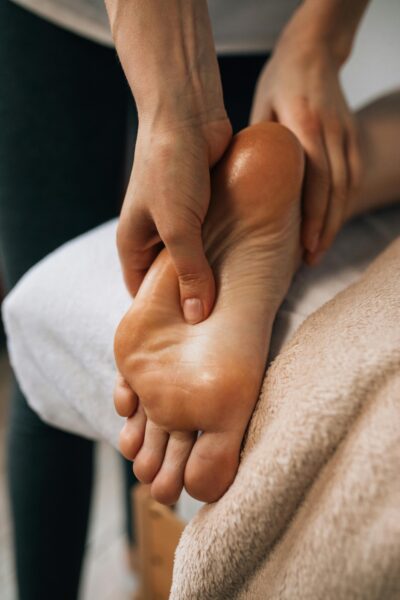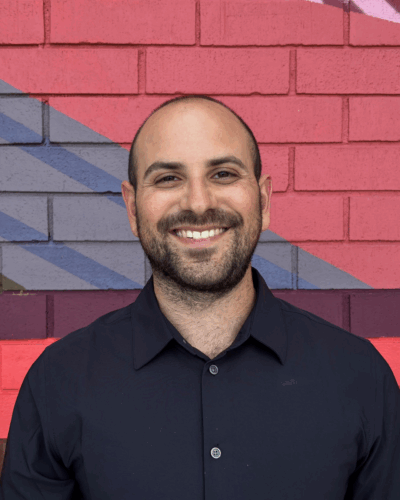
If you have even been on the receiving end of Bell’s Palsy you know that you would do anything to speed up recovery. Bell’s Palsy can come on suddenly, worsen over the course of a couple days, and can take months to recover. When it happens it causes one side of the muscles in your face to droop creating an asymmetrical face. You may have trouble closing one eye, smiling equally from side to side, or puffing out one cheek. It is also common to have tearing of one eye, headaches, and drooling. Pain or discomfort on the affected side of the face is also common. While the cause of Bell’s Palsy is unknown, the result is inflammation and involvement of the seventh cranial nerve often occurring after a viral infection and sometimes during or after pregnancy. Treatments may include steroids, antivirals, and medications to help the symptoms (such as eye drops for dry eyes); but ultimately, it just has to run its course. Acupuncture is commonly used as an adjunct therapy to gain muscle function back sooner, decrease pain, and treat the underlying cause by strengthening your immune system and helping your body to regain homeostasis.
Remarkably, despite this clear evidence, a recent study has shown that many people (more than 40% in the UK) are still not getting the appropriate treatment. And the same study shows that Bell’s palsy is more common than previously thought. The estimated incidence rate suggests that worldwide there are more than 7,000 new cases every day.
In Chinese Medicine, Bell’s Palsy would be considered a case of “wind invasion.” Wind is a term used to describe anything that comes on quickly or leaves abruptly. It can further be divided into external or internal cases. Hives or the common cold could be an example of external wind invasion because a stimulus outside of the body triggered the event. Tremors, seizures, or convulsions are an example of internal wind as they are not triggered by an external invasion. Typically in Chinese Medicine, you are susceptible to wind invasion when your body is deficient or depleted of either qi (energy) or blood, which leaves you susceptible to wind attack.

To treat Bell’s Palsy with acupuncture, the treatment principle is therefore to tonify or strengthen the body’s qi and/or blood in addition to extinguishing the wind. Chinese herbs in conjunction with acupuncture will give you the best results as the herbs are pertinent in reducing the underlying deficiency.
While acupuncture has been used for thousands of years and is a well-known modality to treat paralysis and pain, it is becoming more mainstream in the West as an increasing number of studies are done to prove the effectiveness. A study by Hyo-Jung Kwon et al. found that after eight weeks of acupuncture there was a statistically significant improvement in the acupuncture group compared with the control group on all scales including: the Facial Disability Index, the Sunnybrook Facial Nerve Grading scores, and the stiffness index, indicating that acupuncture is a safe and effective method for treating Bell’s Palsy (1). Another study by Sha-bei Xu et al. showed that in the treatment of Bell’s Palsy, the acupuncture group had better facial function as well as statistically significant better scores on the disability assessment and a better quality of life (2). From a Western perspective, acupuncture works by decreasing inflammation and improving circulation to the affected cranial nerve resulting in decreased pain and paralysis of the affected facial muscles. When diagnosed with Bell’s Palsy, time is of the essence. Because Bell’s Palsy effects the facial nerve, the longer it occurs, the more muscle atrophy and drooping happens. The first goal with acupuncture is to protect the health of the eye and help it close. The quicker acupuncture is done, the better effect. Acupuncture allows a personalized, holistic approach to treating Bell’s Palsy to allow a speedier recovery.
Sources
1. Hyo-Jung Kwon, Kun-Yong Choi, Myeong Soo Lee, Yong-Suk Kim, Byung-Cheul Shin, and Jong-In Kim. “Acupuncture for the sequelae of Bell’s Palsy: a randomized controlled trial” Trials, vol. 16, no 1, 2015. https://cyberleninka.org/article/n/634469
2. Sha-bei Xu, Bo Huang, Chen-yan Zhang, Peng Du, Qi Yuan, Gui-juan Bi, Gui-bin Zhang, Min-jie Xie, Xiang Luo, Guang-ying Huang and Wei Wang. “ Effectiveness of strengthened stimulation during acupuncture for the treatment of Bell palsy, a randomized controlled trial.” DOI: https://doi.org/10.1503/cmaj.121108


